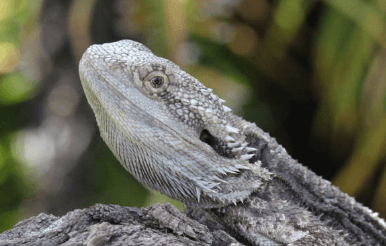Dragon:C_Stoikmcue= Reptiles

The intricate relationship between dragons and reptiles offers a fascinating lens through which to examine the origins of dragon lore. By exploring the biological characteristics shared by these mythical creatures and their real-world reptilian counterparts, one can uncover the underlying themes that have sustained their presence in cultural narratives. This examination raises compelling questions about the ways in which human imagination intertwines with the natural world, leading to a deeper understanding of our fascination with dragons. What implications might this connection hold for our interpretation of both myth and nature?
The Origins of Dragon Lore
Exploring the historical origins of dragon lore reveals a complex interplay of cultural narratives, natural phenomena, and human psychology that has shaped the perception of these mythical creatures across various civilizations.
The mythical origins of dragons often reflect cultural significance, embodying fears, aspirations, and environmental observations.
These narratives serve as a lens through which societies interpret their realities, revealing the universal human quest for meaning and understanding.
Read more: Dragon:Fxvebucj1uo= Drawing
Real Reptilian Features
Certain physical characteristics of reptiles, such as scaled skin, ectothermic physiology, and specialized respiratory systems, provide a foundational understanding of the biological traits that have influenced the depiction of dragons in various cultural narratives.
The presence of scaly skin offers protection and moisture retention, while the forked tongue enhances sensory perception, enabling these creatures to navigate their environments, much like their real-life reptilian counterparts.
Read more: Dragon:Fxvebucj1uo= Drawings
Mythical Behaviors and Traits
Dragons are often attributed with a variety of mythical behaviors and traits that extend beyond the biological realities of reptiles, including the ability to fly, breathe fire, and possess immense intelligence. These characteristics play significant roles in their portrayal across different cultures and mythologies.
Notably, their fire breathing is emblematic of power, while treasure hoarding reflects their association with wealth and dominance in folklore.
Conclusion
The enduring legacy of dragons in cultural narratives is intricately woven from their reptilian characteristics and mythical attributes.
These formidable beings, akin to the majestic reptiles of the natural world, embody both power and mystery, captivating human imagination across generations.
By examining the real biological underpinnings alongside the fantastical elements, a clearer understanding of dragons emerges, revealing them as not merely figments of folklore but as complex symbols reflecting humanity’s awe of nature’s grandeur and the unknown.




